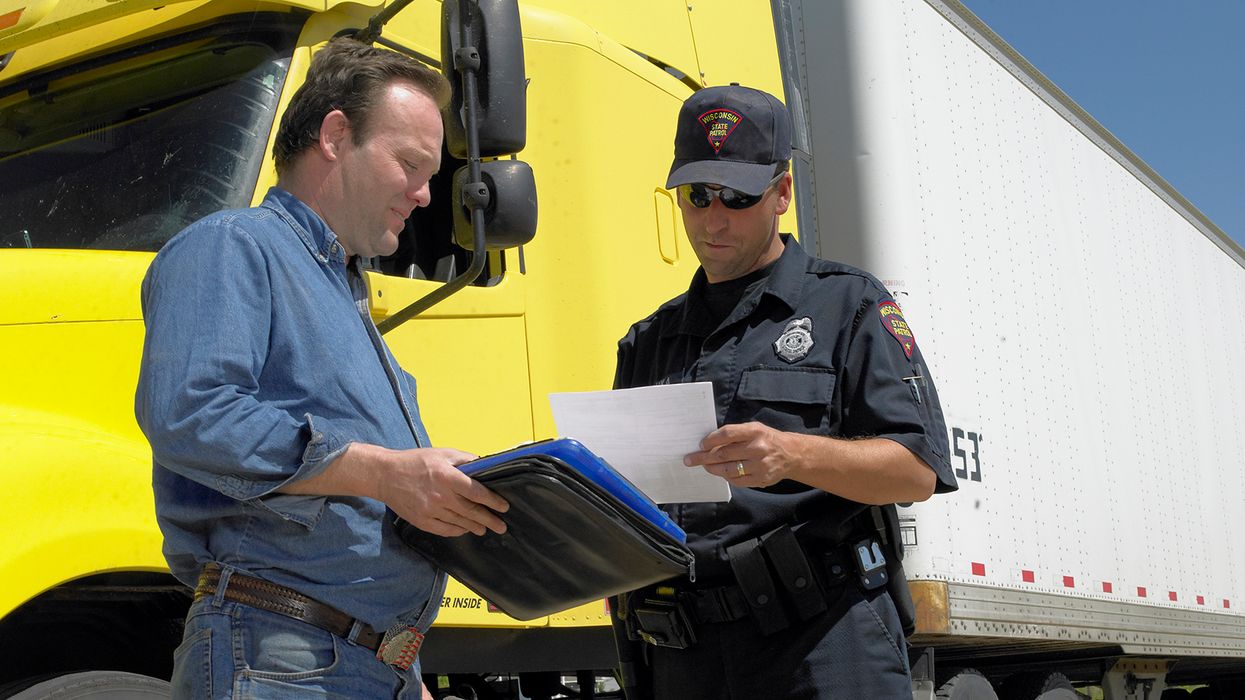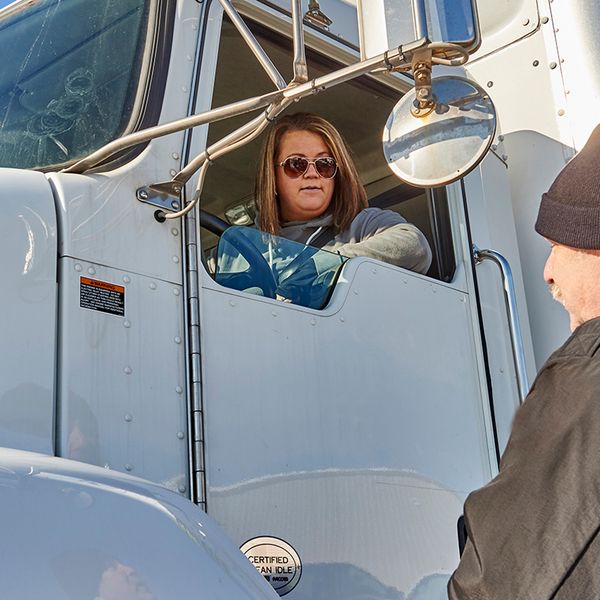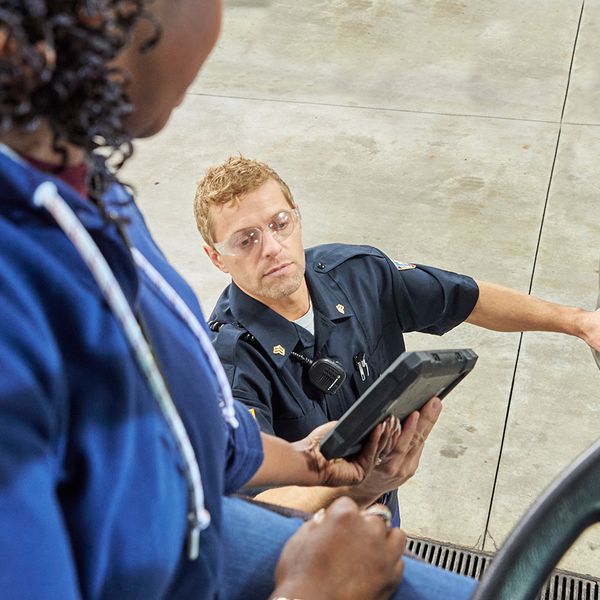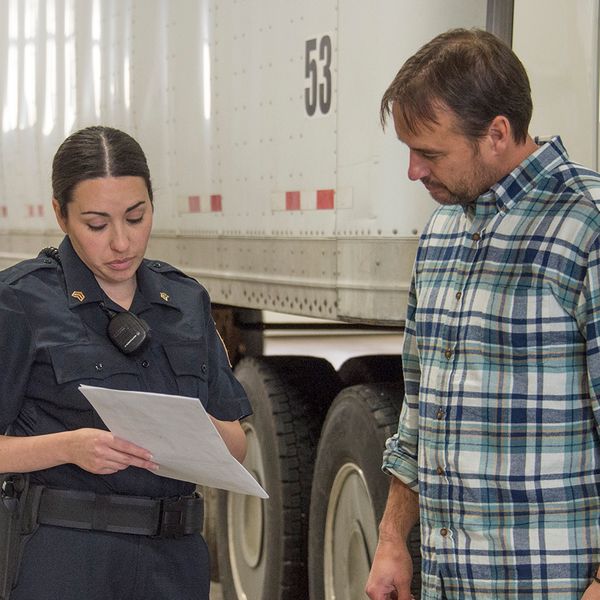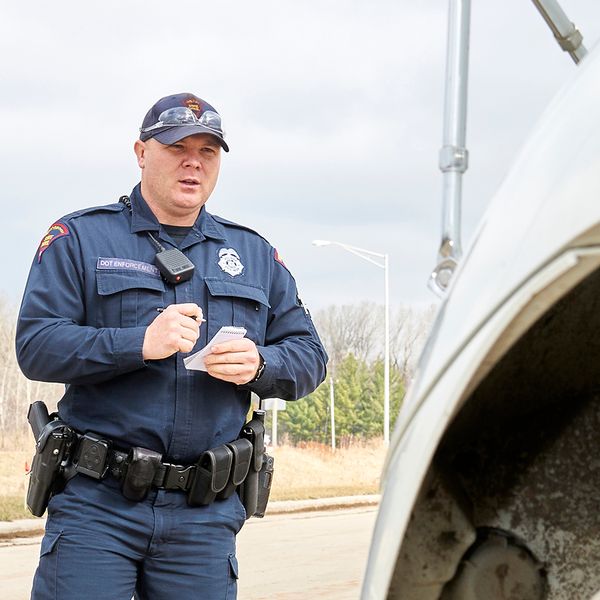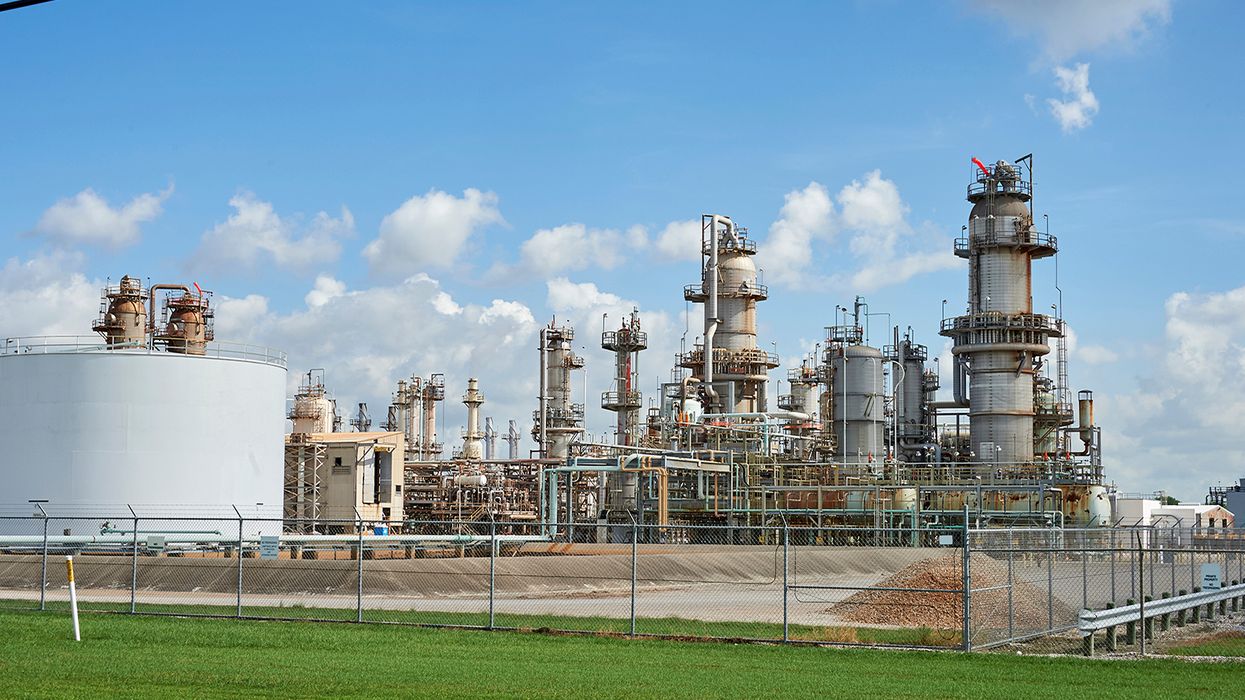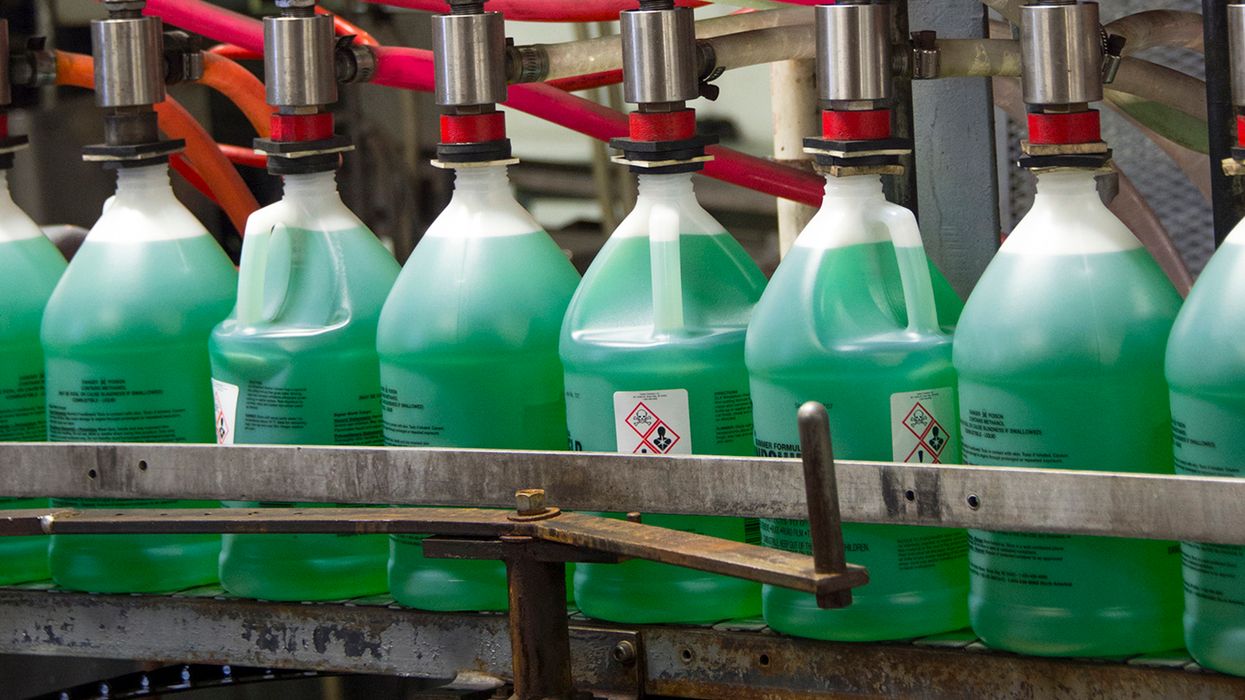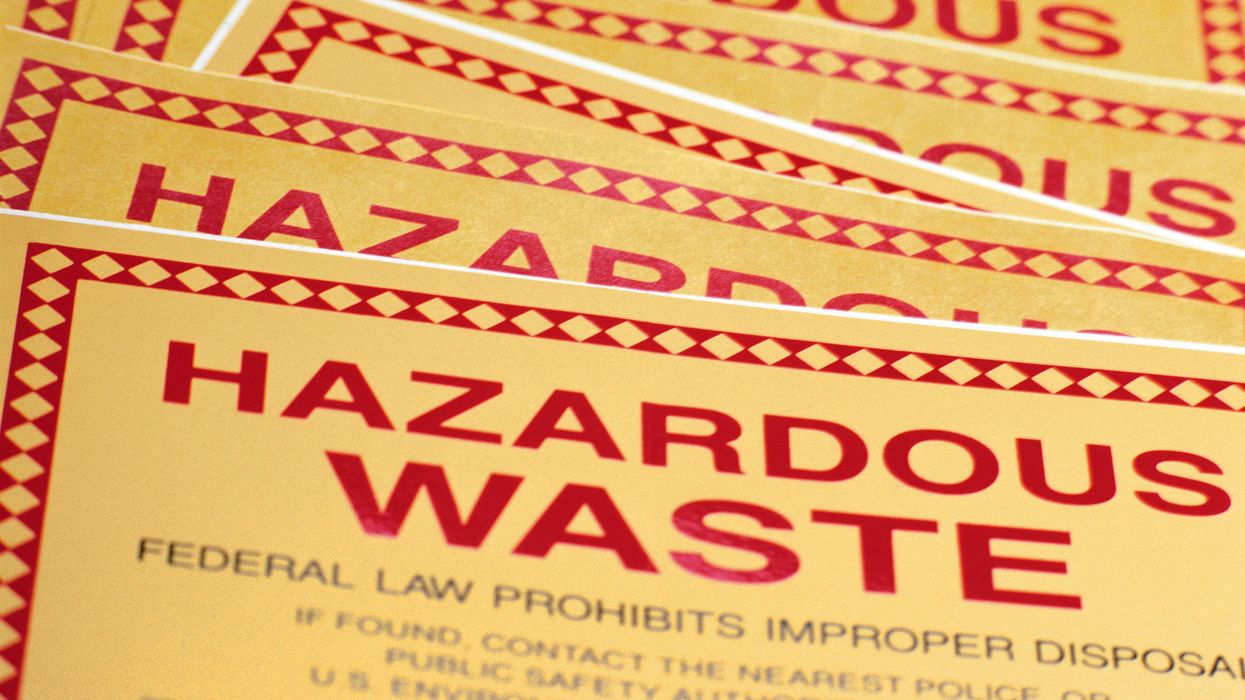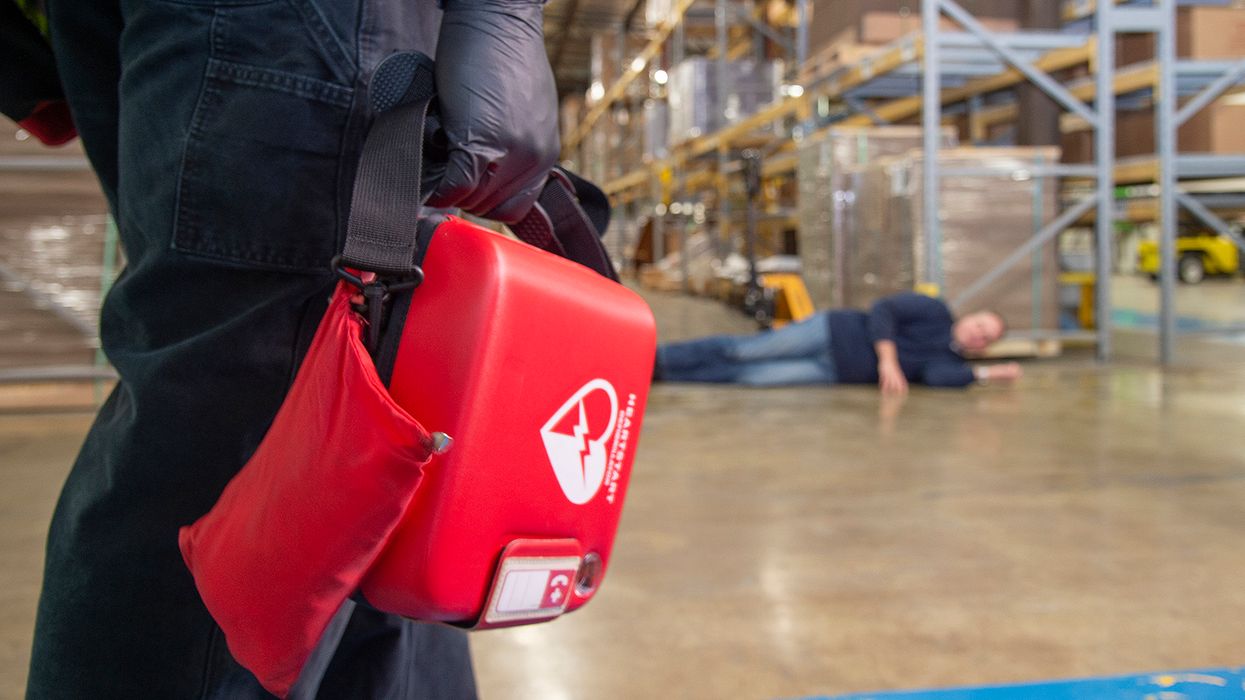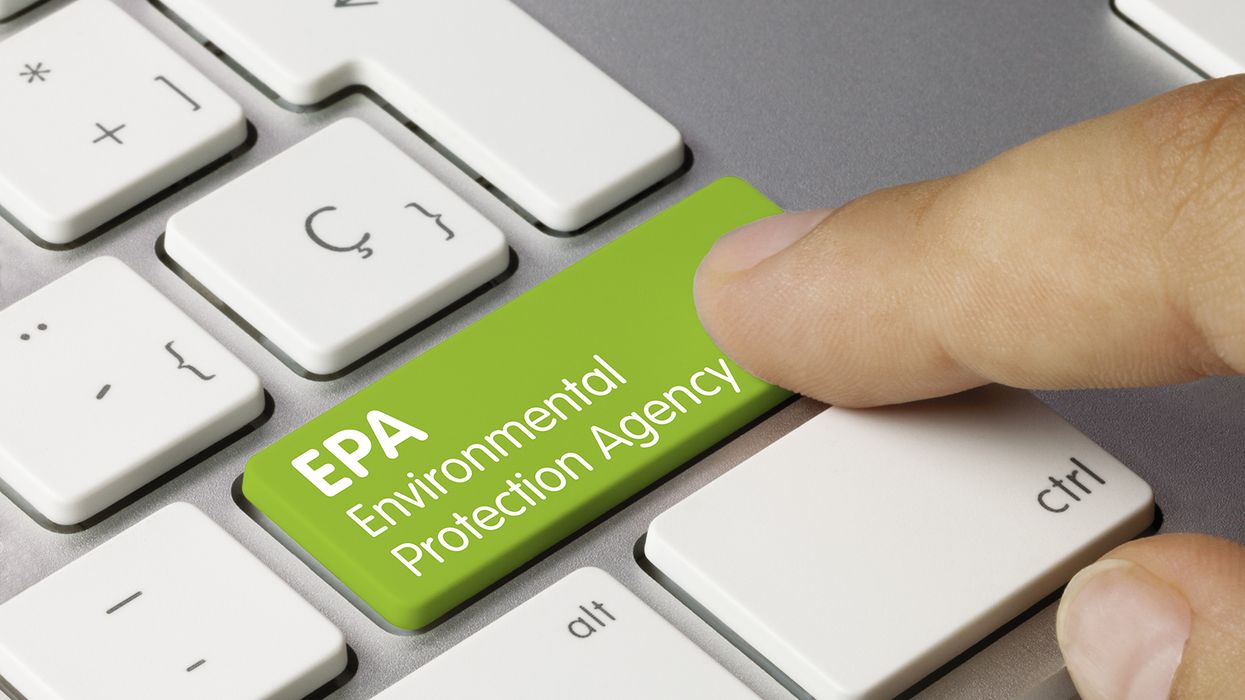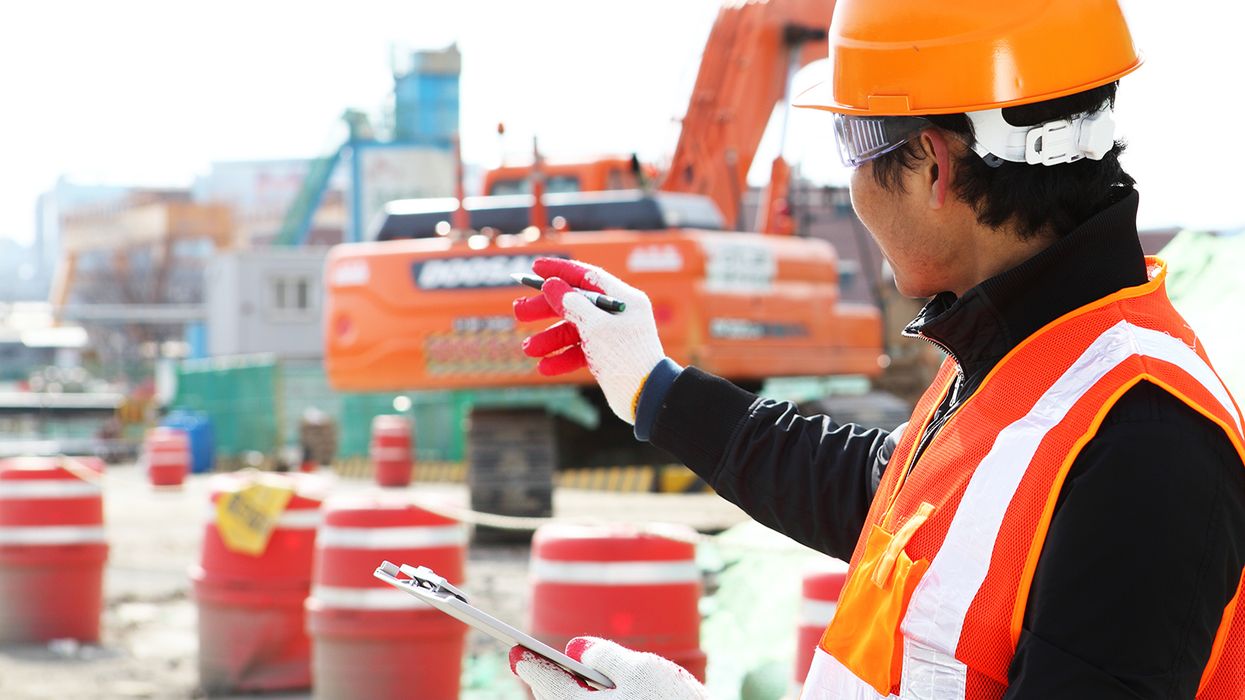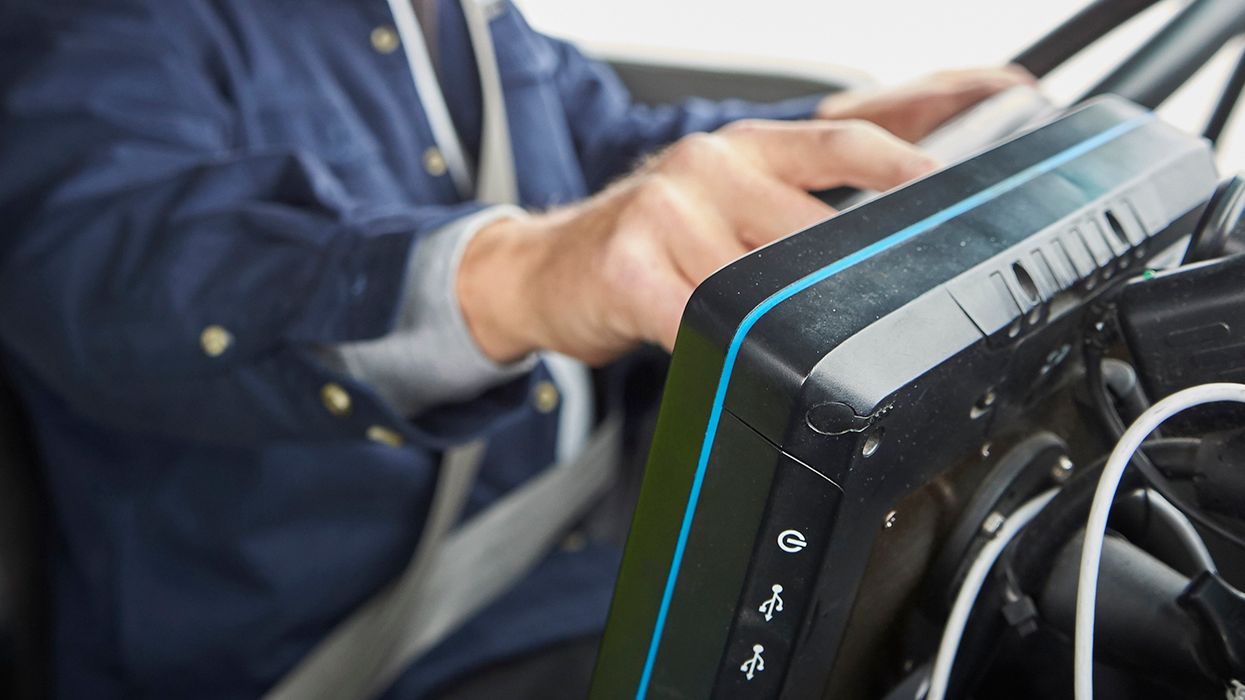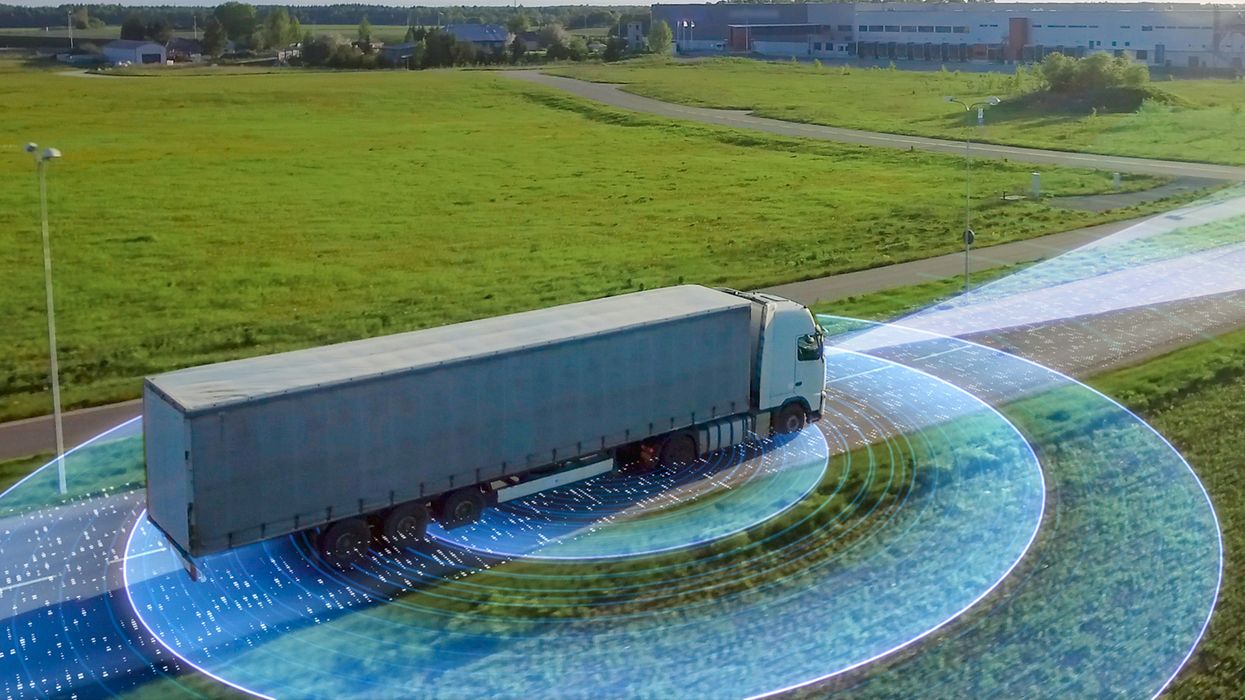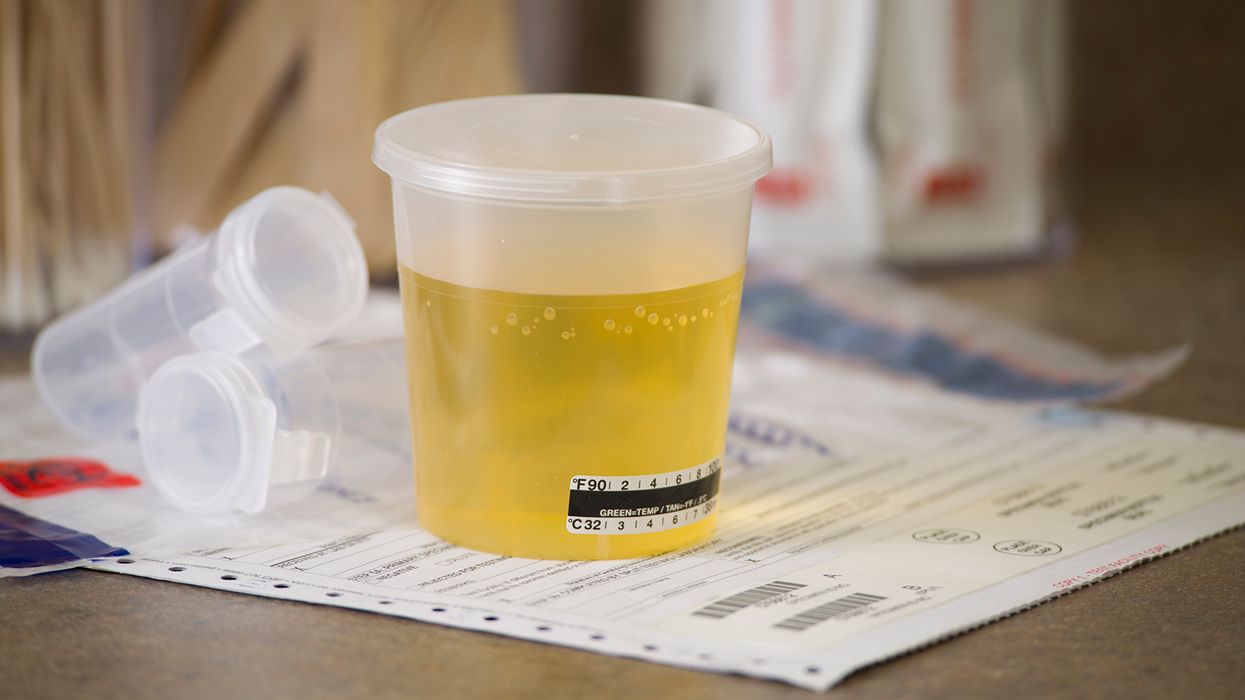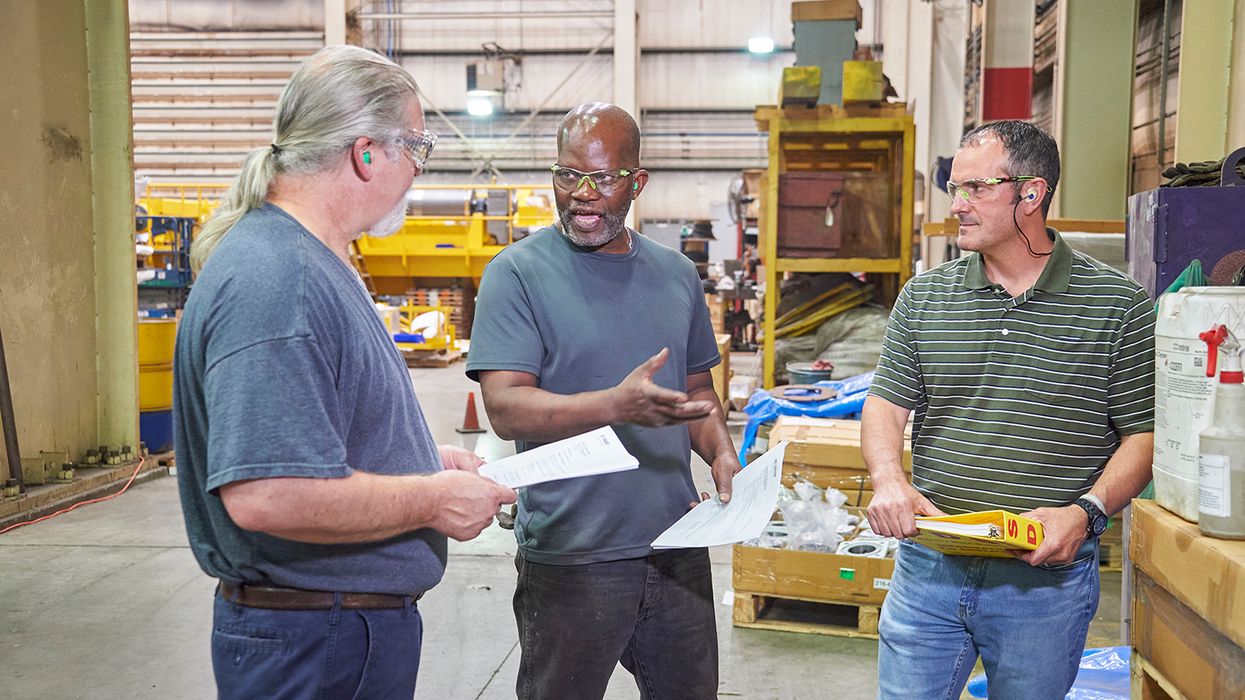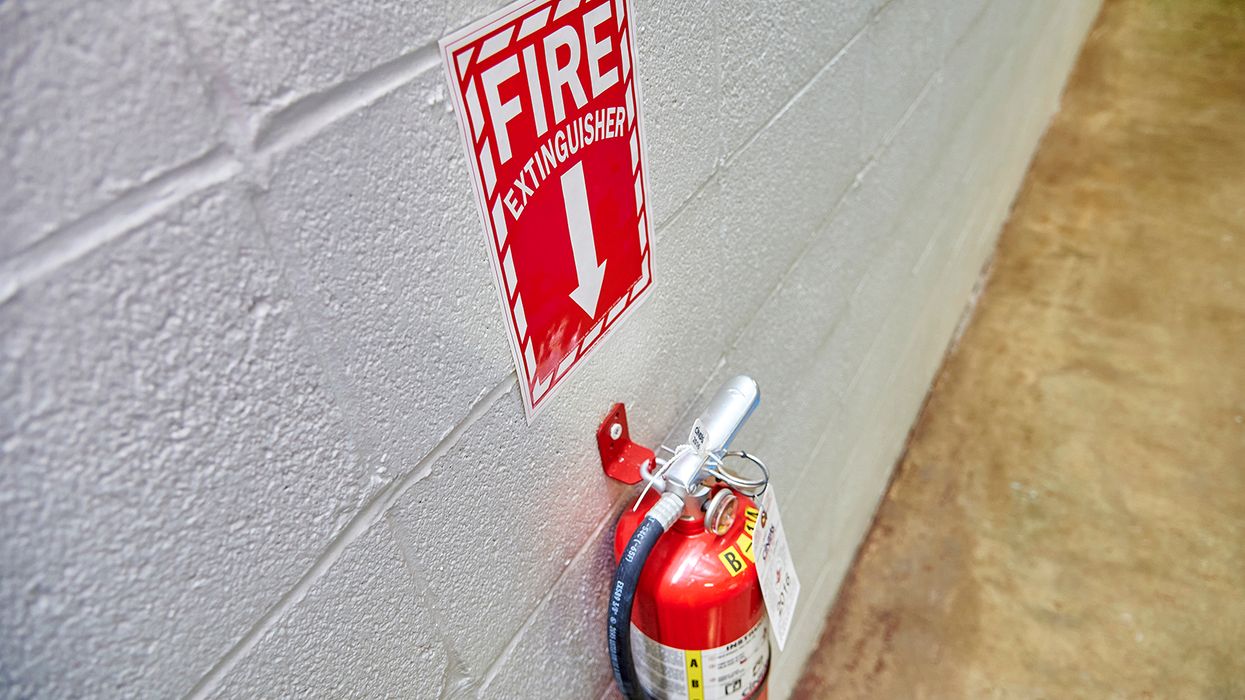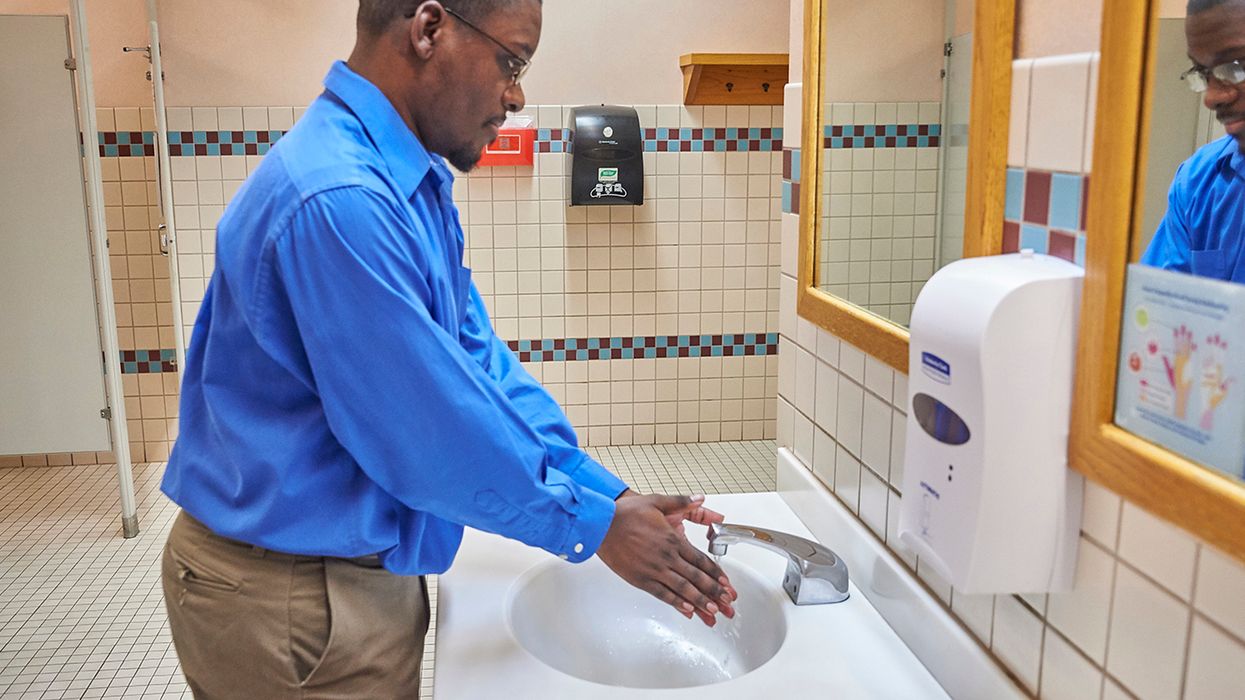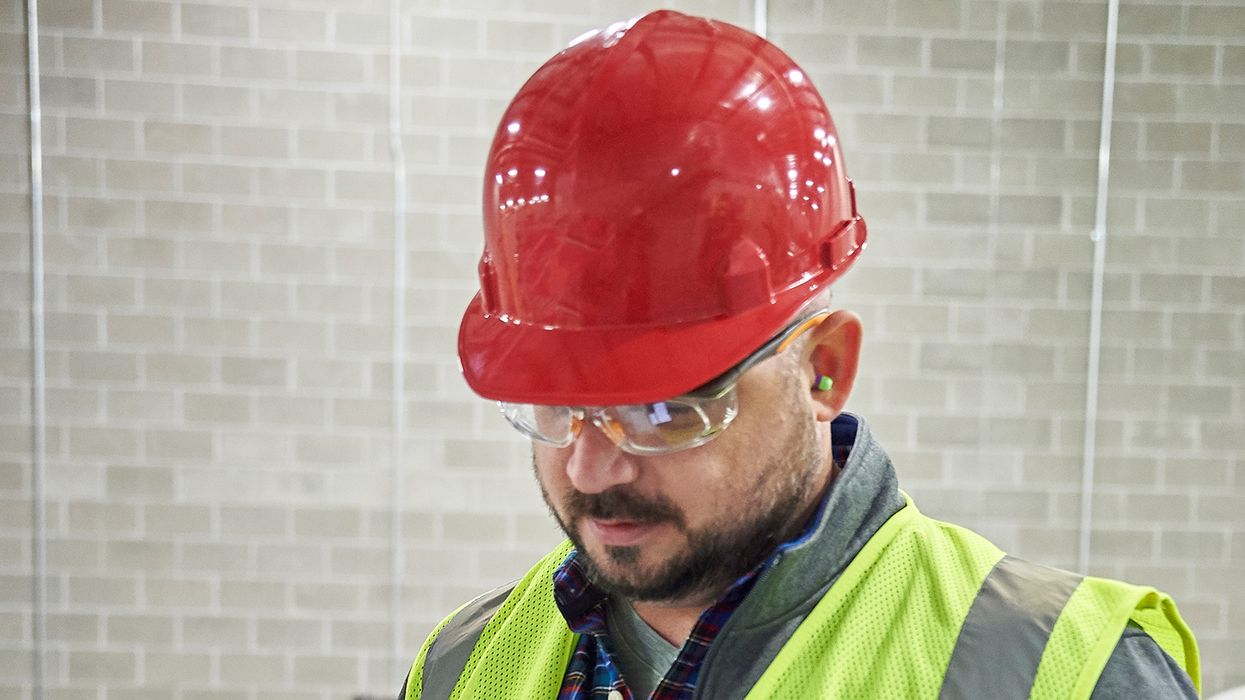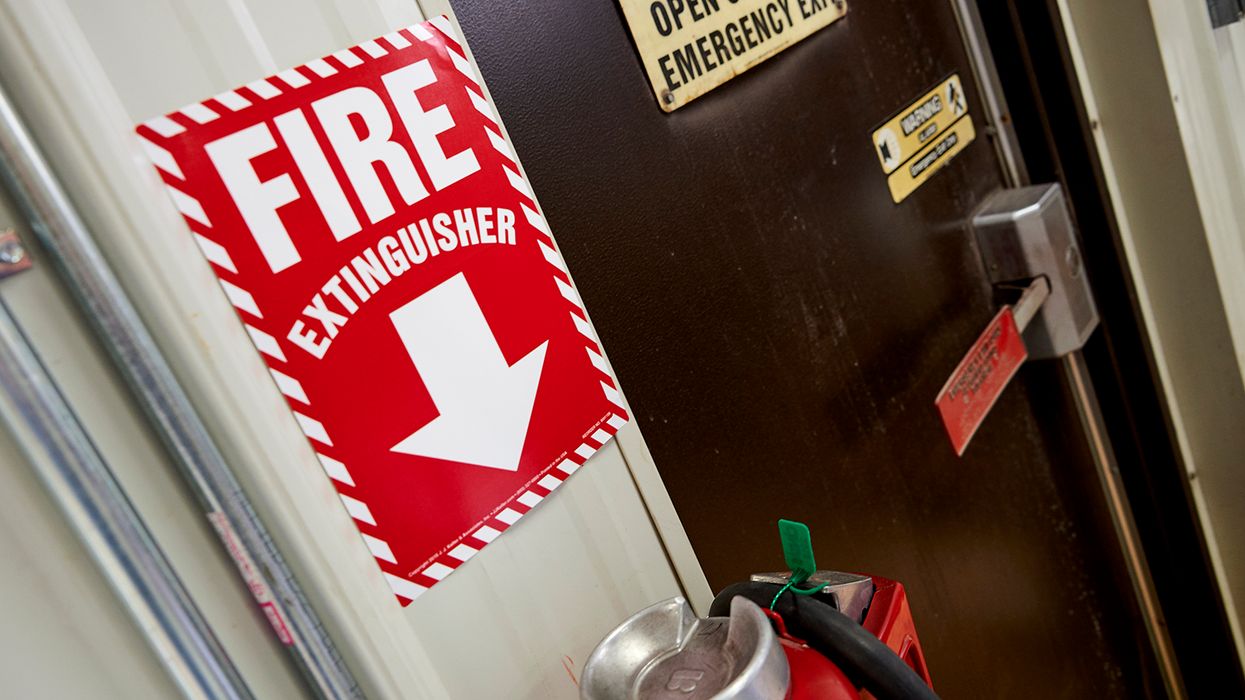CVSA’s 2025 out-of-service update: What's changing this year?
The 2025 Commercial Vehicle Safety Alliance (CVSA) North American Standard Out-of-Service Criteria (OOSC) is now available. The OOSC is the guidance officers use to determine if a violation discovered during a roadside inspection makes the driver or vehicle an imminent hazard. If the driver or vehicle are determined to be an imminent hazard, the violation must be corrected before the driver or vehicle can operate again. The new OOSC goes into effect April 1, 2025. Changes for 2025 include:
- Drivers (Part I)
- The driver supervising a driver with a commercial learner’s permit (CLP) must be fully authorized to operate the commercial driver’s license (CDL)-required vehicle the CLP holder is driving (383.25).
- If a Canadian driver’s transporting dangerous goods (TDG) training certificate does not list specific classes, the driver is not to be placed out of service. However, if it does list specific classes and the driver is hauling a class not covered by the TDG training certificate, the driver will be placed out of service.
- All drivers without a valid medical certificate will be placed out of service (391.41 — this removes an exception related to property-carrying drivers with no previous history of operating without a valid medical certificate).
- Vehicles (Part II)
- If a trailer has no brakes due to an electrical connector being disconnected, it is to be placed out of service and documented as one violation (not one violation per inoperative brake).
- If an air brake trailer has no brakes due to the trailer service gladhand being disconnected, it is to be placed out of service and documented as one violation (not one violation per inoperative brake).
- A kinked or crimped air hose will no longer be considered an out-of-service violation (it is still a violation of 393.45, just not an out-of-service violation. If the brake is not functioning due to the kinked or crimped hose, it will be documented as an inoperative brake and could lead to an out-of-service violation on this basic).
- A vehicle with an air hose that is marked as another type of hose will be placed out of service (such as a hose marked as a fuel or hydraulic hose, 393.45).
- When testing the tractor protection valve (TPV), a vehicle will only be placed out of service if both air tanks are below 20 psi before the TPV closes automatically (if either system tank is over 20 psi when the TPV closes, it is not a violation, 393.43).
- A violation and out-of-service order for loose dunnage will be written as a vehicle violation, not a driver violation (392.9(a)(2)).
- Missing lamps and flags on projecting loads are now a separate out-of-service violation (393.9).
- A cracked, broken, or missing U-bolt plate is now an out-of-service condition (393.207).
- A note was added clarifying that a rubber mudflap in contact with a tire is not an out-of-service violation.
- A sidewall leak in a tire will result in an out-of-service order, even if the vehicle is equipped with an automatic tire inflation system that is keeping up with the leak (393.75).
- The OOSC sections related to bias and radial tires were combined.
Several diagrams in the OOSC were also updated to clarify what parts are being discussed. Several inspection bulletins referenced in the OOSC were also updated (inspection bulletins provide guidance to officers).
Key to remember: The OOSC is the decision-making guide officers use to determine if a driver or vehicle can continue when a violation is discovered. It should not be used by carriers to determine if a driver or vehicle can continue when the carrier or driver discovers a violation. The regulations themselves are what carriers and drivers should be using when making decisions.

